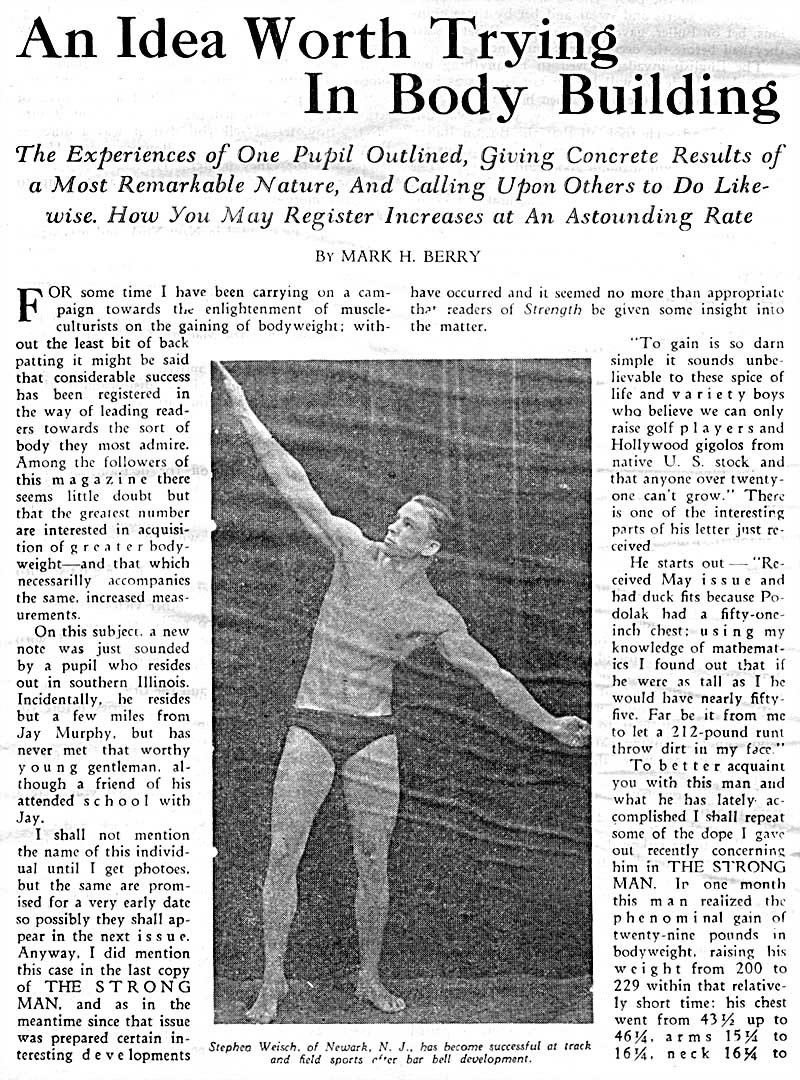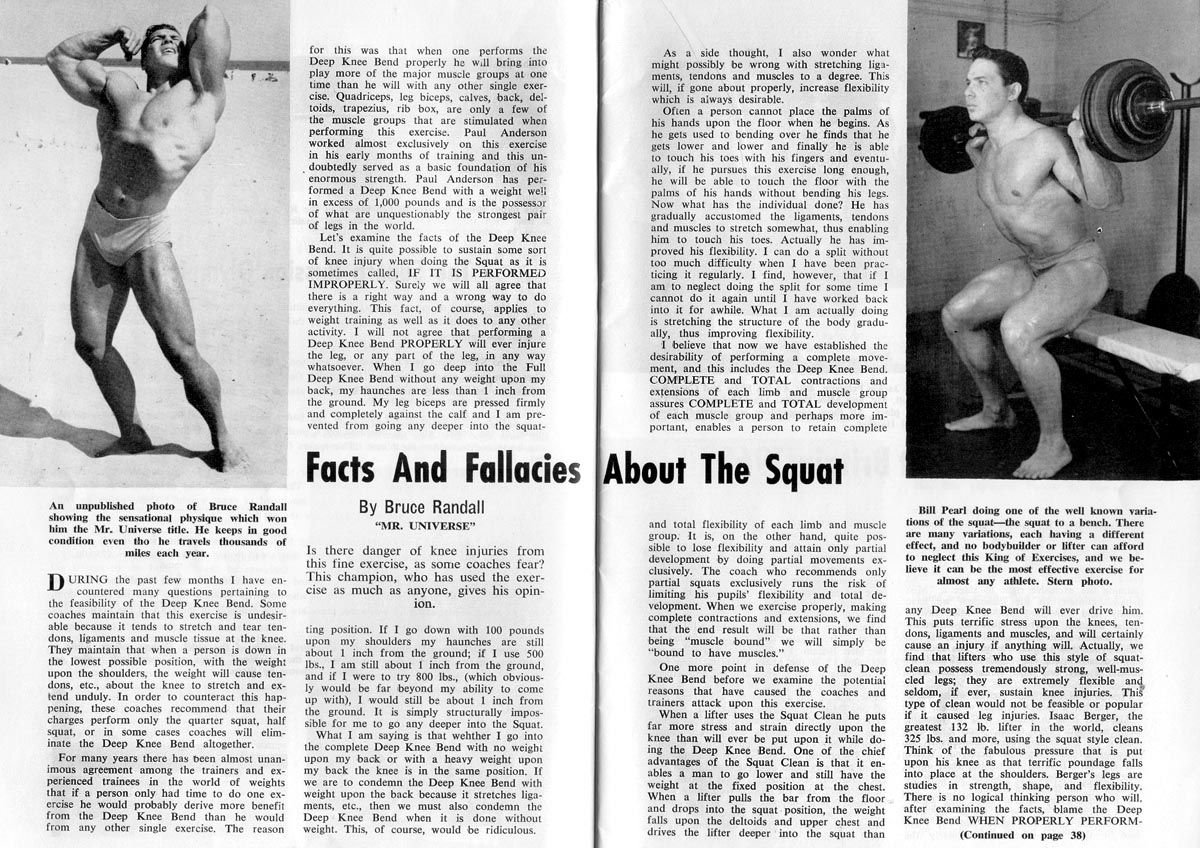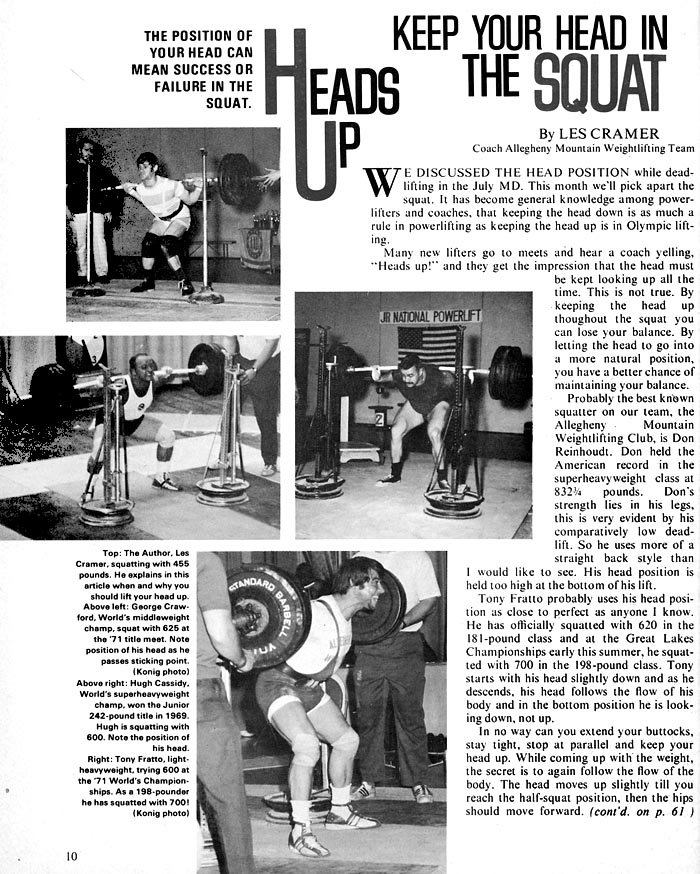The Deep Knee Bend: Unveiling the Power Within
In the realm of bodybuilding, the deep knee bend, or squat, often takes center stage, sometimes to the point of overshadowing other valuable exercises. While undoubtedly a powerhouse move, focusing solely on the squat might lead to an incomplete training regimen. This article aims to shed light on the significance of diversifying your exercise routine for comprehensive muscle development.
A Multifaceted Approach
Many bodybuilders tend to gravitate towards the deep knee bend, and rightly so—it's undeniably one of the top three exercises for building strength and muscle. Various York courses, including the renowned York barbell system, the York leg course, and others, incorporate the deep knee bend in different forms. Whether it's the flat-footed version or the toe-raised alternative, both are integral components of these comprehensive training programs.
Deep Knee Bend on Toes
The deep knee bend on toes involves using moderate weights, typically not exceeding body weight. The lift begins by hoisting the weight overhead, allowing it to rest on the back of the shoulders. When dealing with heavier weights, a supportive structure may be necessary to load the weight onto the shoulders. This method targets a range of muscles, offering a balanced and effective workout.
For this variation:
- Lift the weight overhead, letting it rest on the shoulders.
- Maintain balance and control, especially with heavier weights.
- Gradually lower into a squat position, focusing on controlled movements.
- Keep the back flat, and heels may lift off the ground as you descend.
- Regular Flat-Footed Deep Knee Bend
The classic deep knee bend with flat feet is a staple in the routines of bodybuilders, often rivaling the benefits of the regular deadlift. It's renowned for rapidly increasing strength and muscle development in the legs and back. However, executing this exercise with proper form is crucial to avoid strain and maximize its effectiveness.
For optimal results:
- Perform the exercise with a flat back to avoid turning it into a back-focused movement.
- Experiment with hand placement, either shoulder-width apart or wrapping arms around the bar.
- Focus on proper breathing technique, inhaling deeply before descending and exhaling upon returning to an upright position.
- Safety Measures and Personalization
Executing the deep knee bend with caution is paramount, especially when dealing with heavy weights at your limit. Having a spotter or assistance on standby is advisable to prevent potential injuries. Additionally, personalizing your foot positioning based on comfort and effectiveness ensures that the exercise caters to your unique physique and goals.
Tales of Strength
Esteemed lifters like Jules Bacon and Dick Bachtell have showcased extraordinary feats in deep knee bending. Bacon, demonstrating on toes, exhibits fine balance, while Bachtell routinely practices with astounding weights, reaching up to 375 pounds. Notable historical figures like Henry Steinborn, with a record of 552 pounds, attest to the enduring legacy of the deep knee bend.
Finding Your Footing
Experimenting with foot positioning—wide or close—can help determine the most effective stance for your body. The primary muscle groups engaged in the deep knee bend include the vastus externus, vastus internus, vastus intermedius, and the gluteus maximus to a partial extent.
A Symphony of Strength
While the deep knee bend holds its rightful place as a strength-building cornerstone, its harmonious integration with other exercises is key to unlocking your body's full potential. Embrace a diverse workout routine that engages all major muscle groups, fostering not just strength but holistic muscle development. In this symphony of strength, let the deep knee bend be a powerful note, complemented by a chorus of exercises for a well-rounded, resilient physique.

1932 Strength: "An Idea Worth Trying In Bodybuilding" by Mark Berry


1947 Your Physique: "Squats, Squats, & More Squats" by Barton Horvath


1948 Strength & Health: "The Deep Knee Bend" by Bob Hoffman


1949 Iron Man: "Developing The Thighs" by Peary Rader




1957 Muscle Power: 1,000 lb Squat Barrier Broken (?)


1962 Iron Man: "Facts And Fallacies About The Squat" by Bruce Randall


1962 Iron Man: Peary Rader And The Squat Controversy

1966 Iron Man: "Developing The Power Lifts" by Doug Hepburn

1966 Muscular Development: "That 1,000 lb Squat!" by Earle Liederman

1969 Muscular Development: "Increase Your Squat Instantly!" by Dan DeWelt


1969 Iron Man: "Training For A Maximum Squat" by Wayne Gallasch

1970 Muscle Builder: "Build Massive Legs & Squatting Power With Bench Squats!"



1971 Muscle Builder: "How I Train For Squatting Power" by Don Cundy


1972 Muscular Development: "Heads Up In The Squat" by Les Cramer

1972 Powerlifting News: "The Jack Barnes Squat" by Tom Slater

